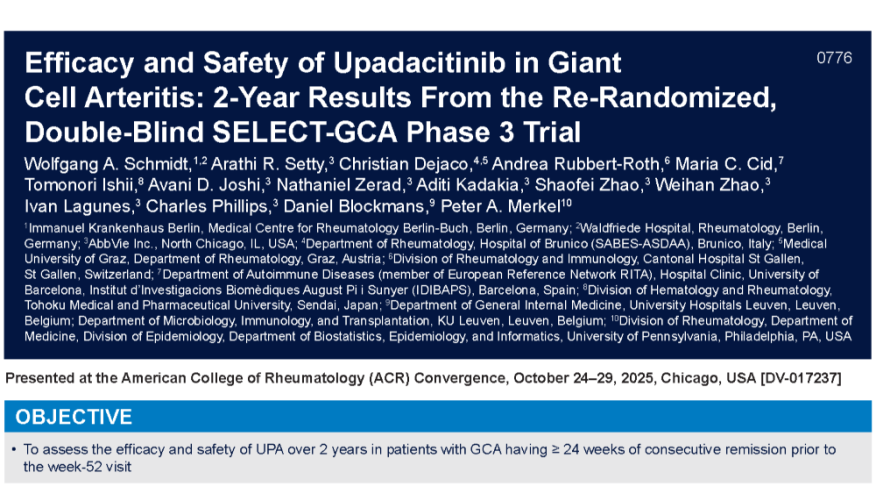11 Pearls for Pregnancy Management in Rheumatoid Arthritis (Best of 2015: #6) Save

Rheumatoid arthritis affects women in their child-bearing years and many will face the issue of pregnancy and RA management at some point. At issue is the safety of anti-rheumatic drugs before conception, during pregnancy and after, and while breast feeding. While the ideal would be to avoid all medications during this pregnancy, chronic inflammation may avert such plans.
Below are 11 considerations for those managing RA patients who wish to become, or who are, pregnant. (This article is excerpted from our 2013 Drug Safety Quarterly review of this subject. Citation source http://buff.ly/1J93HcS)
- Pregnancy Labeling Changes. For years we have, with comfort, referred to a drug’s safety rating using the FDA categories A, B, C, D, or X. There are no “A” rated agents, we know the few forbidden D and X drugs, leaving a large number of B or C agents. The FDA has recognized these categories are undeservedly simplistic, potentially misleading and may broadly imply safety, when little data exists. Starting December 2014, the FDA eliminated the ABCDX categories and established a new narrative standard designed to reveal all the available information on drug risk, registries, breast feeding information and more (http://buff.ly/1HZ1XyX). Clinicians will have more information to guide patient discussions. This will require significantly greater effort and reading by physicians to study and distill this expanded content.
- Hold the Methotrexate for One Month, Not Three. The folkloric rule that MTX must be stopped 3 months before conception actually applies to men and not women. According to the package insert, “pregnancy should be avoided if either partner is receiving methotrexate. In men, pregnancy should be avoided during and for a minimum of three months after MTX therapy. For women, pregnancy should be avoided during and for at least one ovulatory cycle (1 month) after MTX therapy”.
- Males and MTX. Males require longer abstinence (3 months) from MTX owing to prolonged effects on spermatogenesis. Three studies have shown men taking MTX do not have higher rate of birth defects or spontaneous abortions in their offspring (http://buff.ly/1LnTKMi, http://buff.ly/1LnYukY, http://buff.ly/1JuwsEa).
- Leflunomide Washout. If intending to become pregnant while on leflunomide (LEF), the drug must be held and washed out using the published elimination protocol - cholestyramine 8 grams tid for 11 days. Serum LEF M1 metabolite levels should be checked twice (at least 2 weeks apart) and be < 0.02mg/L prior to conception. M1 levels can be measured by commercial labs including Labcorp and NMS Labs (nmslabs.com or 800-522-6671). It is unknown if males on LEF who are planning pregnancy should undergo the same drug elimination procedure – although this seems prudent.
- Pregnancy Does Not Induce RA Remission. Historically, RA remission during pregnancy has been estimated with >75% remission/improvement. However, more recent studies show that only 20-40% of RA patients achieve “remission” by the third trimester. While 50% may be in low disease activity, nearly 20% will worsen or have moderate to high disease activity during pregnancy and require further therapeutic intervention (http://buff.ly/1Jns6wT).
- NSAID Safety in Pregnancy. Some NSAIDs are a category C risk up to week 32. After week 32, NSAIDs are a category D risk as they may promote premature closure of the ductus arteriosus in the fetus. Two large studies with >200,000 pregnant women from Israel and Norway examined 11,787 pregnant women who received NSAIDs. Compared to those not receiving NSAIDs, there was no association between nonselective-NSAID exposure and congenital malformations. The Israeli study showed an increased risk of musculoskeletal malformations in the small subset receiving Cox-2 specific inhibitors. COX-2 inhibitors safety has not been well studied in pregnant women. In addition, animal models suggest NSAIDs including COX-2 inhibitors may theoretically inhibit fetal implantation and hence decrease fertility (http://buff.ly/1JnszPF, http://buff.ly/1Lo0nOI).
- Prednisone May Not Be So Safe. Traditionally, prednisone has been considered a relatively safe option for patients with autoimmune diseases who required therapy during pregnancy. The FDA has labeled prednisone with a category “C” rating due to an increased incidence of fetal abnormalities such as cleft lip among offspring of women on steroids during pregnancy. It has been long recognized that antenatal steroids may be associated with premature rupture of membranes, infant low birth weight, endometritis, chorionamnionitis, and early-onset neonatal sepsis (http://buff.ly/1Lo56Qp).
- Anti-Rheumatic Safety during Lactation. NSAID, but not COX-2 inhibitor, use is compatible with lactation. If using corticosteroids, reviews suggest that breastfeeding should occur >4 hours after dosing, especially with prednisone doses >40 mg daily. Breastfeeding is permissible with hydroxychloroquine, sulfasalazine and azathioprine use, but is contraindicated with methotrexate, leflunomide, cyclosporine or mycophenolate (theoretical risk; not actual data). TNF inhibitors (TNFi) have been found in breast milk, but not in infant serum; hence, breast feeding for women receiving TNF inhibitors might be a viable option, assuming there is a strong maternal need for such therapy post-partum (http://buff.ly/1JlVlM7, http://buff.ly/1Nz8uYd).
- TNF Inhibitors During Pregnancy. Current observational studies of pregnancy and RA patients suggest 12-20% of RA patients will receive TNFi therapy partly or throughout pregnancy. An even greater percentage (>50%) of patients with inflammatory bowel disease patients will require TNFi during pregnancy. Large series and cumulative exposure data have not revealed an increased risk of congenital anomalies in patient RA patients taking TNFi at conception or during pregnancy.
- Placental Transfer of TNF inhibitors. TNFi that possess an IgG Fc piece can be effectively transported into the fetus via the Fc-gamma Rn receptor, the same receptor that transfers maternal IgG to the fetus. Certolizumab pegol, which lacks an Fc piece, has been shown to have little or no placental transfer. Mahadevan studied 31 IBD patients receiving infliximab (INFL), adalimumab (ADA) or certolizumab (CZP) and assessed the drug levels in mothers and infants (cord blood and infant blood) during and after delivery. Most received their last TNF inhibitor dose 2-12 weeks before delivery. Both INFL and ADA treated offspring had drug levels present at birth that persisted for 2-3 months after birth. At delivery the umbilical cord and infant blood levels were nearly 160% of maternal levels in INFL and ADA exposed, but not CZP exposed offspring. CZP infant levels were miniscule (3.9% of maternal levels) with infant and cord blood CZP levels < 2 μg/mL – suggesting a lack of active placental transfer with CZP. In general TNFi placental transfer is limited during 1st trimester. However, during 2nd and 3rd trimesters, IgG1 subtype of both human and chimeric antibodies readily passes to the infant via placenta. Current IgG1 biologics include infliximab, adalimumab, rituximab, golimumab and certolizumab – although CZP lacks the Fc portion and appears to be safer when there is a need for late trimester exposure (http://buff.ly/1JlWNhw).
- When to Stop the TNF inhibitors. For pregnant women on TNFi, current recommendations suggest the drug should be held after week 30. Recent data shows that monoclonal antibody drug levels persist in the child for at least three months post-partum. As newborns may require vaccination with live viruses (i.e., rotavirus, BCG) in the first few months of life, exposure to TNF inhibitors at this time may augment the risk of infection. There are reports of infant death after receiving BCG in mothers taking infliximab throughout pregnancy (http://buff.ly/1J92K4v, http://buff.ly/1NIZtKb). Avoidance of TNFi may lead to disease flare which is equally harmful to the mother and child. The use of certolizumab (no Fc transport) or etanercept (transported; but short half-life) throughout the pregnancy may yield maternal disease control with sparse to no exposure to the infant. If using adalimumab or infliximab, cessation before week 30 may benefit the infant, but not the mother (http://buff.ly/1JlZyPV).












If you are a health practitioner, you may Login/Register to comment.
Due to the nature of these comment forums, only health practitioners are allowed to comment at this time.